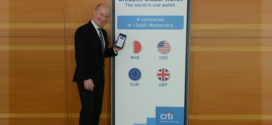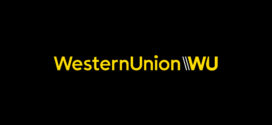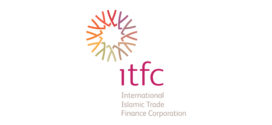 13 October 2014, London – Standard Chartered has published the latest edition of its quarterly Global Focus. The report looks at how 2014 is drawing to a close for the world economy, and what we should prepare for as we enter 2015.
13 October 2014, London – Standard Chartered has published the latest edition of its quarterly Global Focus. The report looks at how 2014 is drawing to a close for the world economy, and what we should prepare for as we enter 2015.
Marios Maratheftis, Head of Macro Research, said: “We are on track to seeing better growth in 2014 versus 2013. And contrary to the popular view earlier this year, emerging markets are once again driving global growth.
“Our theme for the year was transition, a motif that applies equally well to China and the US. China is rebalancing, with policy makers working to boost consumption and services relative to investment, manufacturing and construction. Inevitably with this rebalancing comes a slowdown, but China will have to accept this to achieve sustainable growth in the future.
“Although transition will remain a driving force in 2015, we also expect 2015 to be a year of a great divergence. We expect a divergence in monetary policy, with the European Central Bank (ECB) going ahead with quantitative easing (QE) and the Fed hiking policy rates.
“There is also the additional divergence between economic performance and asset prices. Asset prices have been rising globally, despite disappointing growth rates in the US and Europe. Liquidity and central banks are increasingly becoming the driving forces of asset performance.”
Global growth on track
We expect growth to reach 3.0 per cent in 2014, up from 2.7 per cent in 2013. Following recent disappointing performance in the US and in particular the euro area, emerging markets are once again leading growth.
MENA – Divergent outlook
Economic dynamics in the Middle East and North Africa (MENA) region are increasingly diverging between the Gulf Co-operation Council (GCC) countries and the rest of the region. In the wider MENA region, the fundamental challenges are a lack of resources to introduce the necessary measures to reduce social and economic pressures, and ongoing political transitions. The GCC on the other hand enjoys strong social and geopolitical stability and a hydrocarbon sector that has created wealth and supported investment. This has driven record growth rates in the region in the past five years. Diversification remains fundamental to the region’s economic stability in the long run. GCC economies are perusing investments in the right direction, addressing infrastructure needs and investing in sectors that will create more opportunities in the long run.
China – better Q4 than Q3 expected
China is undergoing a significant transition and is rebalancing its economy. With rebalancing comes a slowdown, but we expect a better Q4 after a difficult Q3, mainly because of policy easing and an export pick-up. Although rebalancing is the main medium-term objective, China will be keen to ensure that the economic slowdown remains controlled, especially for the labour market and income growth. The official growth target for this year is 7.5 per cent, with our own growth forecast at 7.4 per cent.
Given the weak Q3 performance, further policy easing will be required to achieve China’s growth targets. We therefore expect the People’s Bank of China (PBoC) to adopt a more accommodative monetary policy stance in Q4.
US – strong growth not materialising
The Fed is ending its QE programme and sees enough strength in the economy to start normalising rates. But we expect the Fed to be cautious and normalisation to be measured.
The market consensus persists in its tendency to overestimate the pace of US growth. Calls for strong US growth proved once again to be premature, although H2’s performance is expected to be better than H1’s. We expect US growth to remain 2.2 per cent in 2014, the same as 2013. The prevailing market view earlier in the year, that 2014 growth was going to be driven by US and European recovery has yet to materialise.
Europe – the problems run deep
Performance in Europe continues to disappoint. Its economy is suffering from inadequate demand and excess savings. The large current account surplus, now around EUR238 billion, which some see as a sign of strength, is actually a symptom of the problems the euro area faces; namely, depressed salaries and the lack of demand.
Some blame the slowdown on seasonal effects and geopolitical developments. Although these might play a role, attributing the lack of performance to these temporary factors misses the real issues. When an economy is plagued by inadequate demand, deleveraging, anaemic growth, and the lack of fiscal stimulus to take up slack, events that might have a minimal impact on a growing economy could end up pushing a weak economy into recession.
2015 looks to be a year of great divergence
Transition is set to remain an important theme in 2015. What will likely be different is that monetary policy globally is becoming unsynchronised. Central banks in the US, UK, Indonesia, the Philippines, Malaysia and Taiwan look set to start increasing policy rates in 2015. However, we expect more decisive action from the ECB with the purchase of sovereign bonds, an accommodative stance for the Bank of Japan, and broader stimulus in China. As a result, 2015 looks to be a year of great divergence.
 Cash And Trade Magazine For Cash and Trade professionals in the Middle East
Cash And Trade Magazine For Cash and Trade professionals in the Middle East




